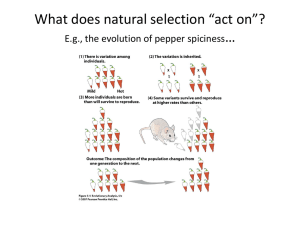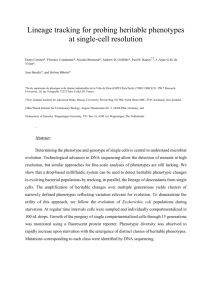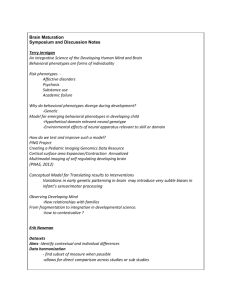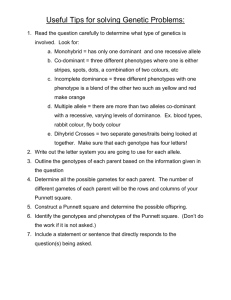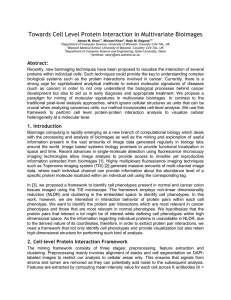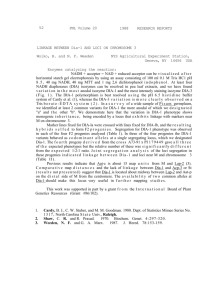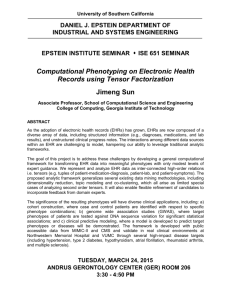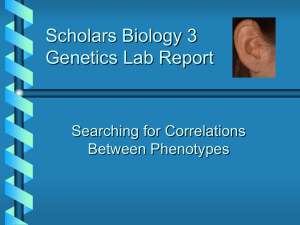RNA arbitrarily primed PCR and Fourier Transform Infrared
advertisement
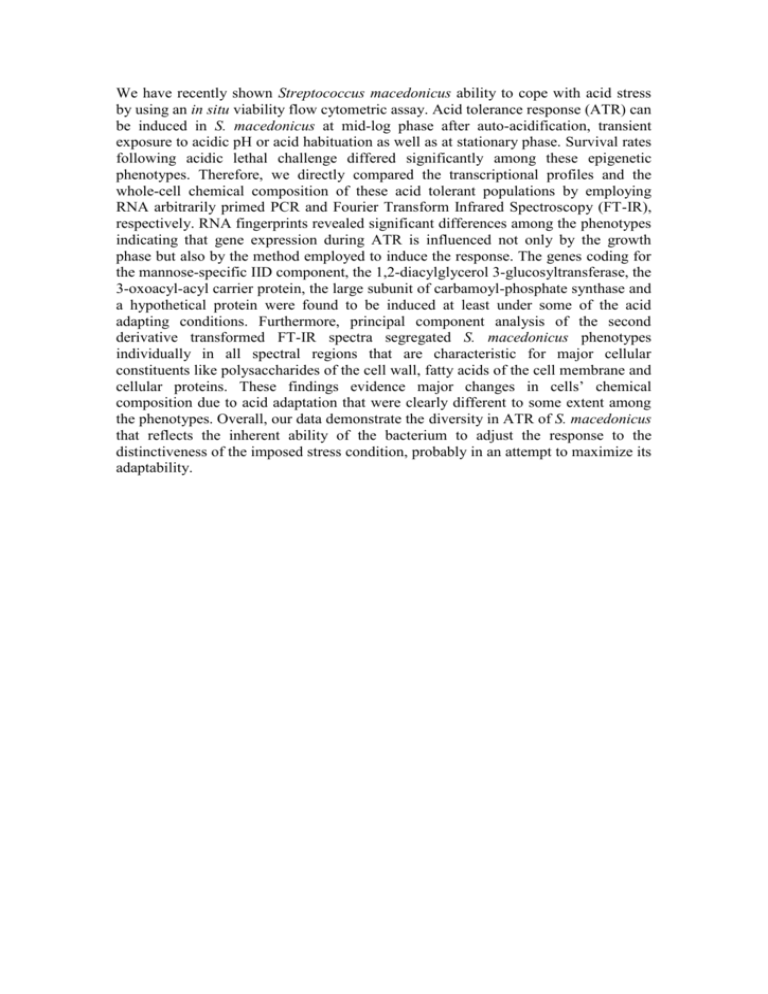
We have recently shown Streptococcus macedonicus ability to cope with acid stress by using an in situ viability flow cytometric assay. Acid tolerance response (ATR) can be induced in S. macedonicus at mid-log phase after auto-acidification, transient exposure to acidic pH or acid habituation as well as at stationary phase. Survival rates following acidic lethal challenge differed significantly among these epigenetic phenotypes. Therefore, we directly compared the transcriptional profiles and the whole-cell chemical composition of these acid tolerant populations by employing RNA arbitrarily primed PCR and Fourier Transform Infrared Spectroscopy (FT-IR), respectively. RNA fingerprints revealed significant differences among the phenotypes indicating that gene expression during ATR is influenced not only by the growth phase but also by the method employed to induce the response. The genes coding for the mannose-specific IID component, the 1,2-diacylglycerol 3-glucosyltransferase, the 3-oxoacyl-acyl carrier protein, the large subunit of carbamoyl-phosphate synthase and a hypothetical protein were found to be induced at least under some of the acid adapting conditions. Furthermore, principal component analysis of the second derivative transformed FT-IR spectra segregated S. macedonicus phenotypes individually in all spectral regions that are characteristic for major cellular constituents like polysaccharides of the cell wall, fatty acids of the cell membrane and cellular proteins. These findings evidence major changes in cells’ chemical composition due to acid adaptation that were clearly different to some extent among the phenotypes. Overall, our data demonstrate the diversity in ATR of S. macedonicus that reflects the inherent ability of the bacterium to adjust the response to the distinctiveness of the imposed stress condition, probably in an attempt to maximize its adaptability.
